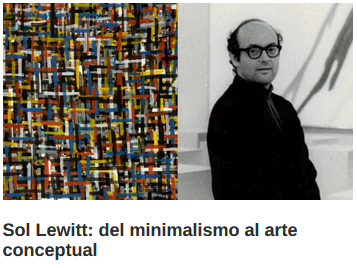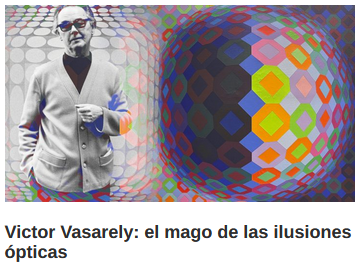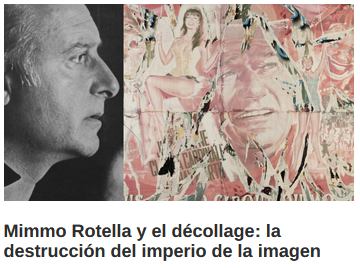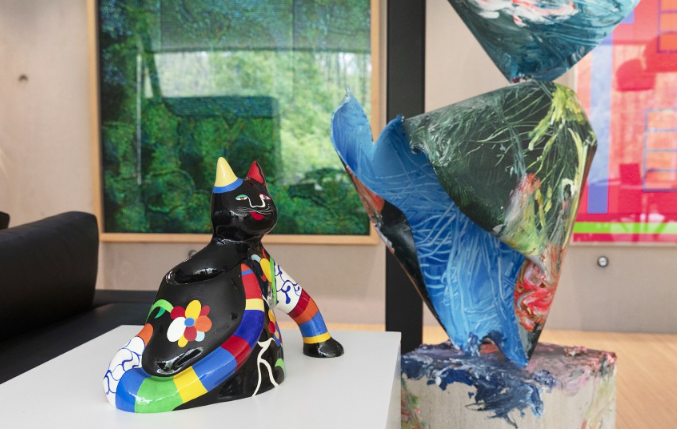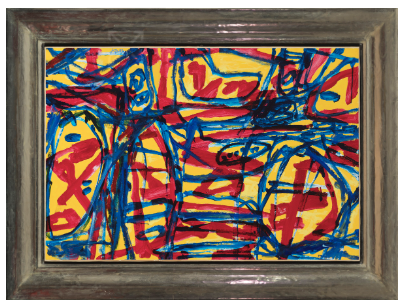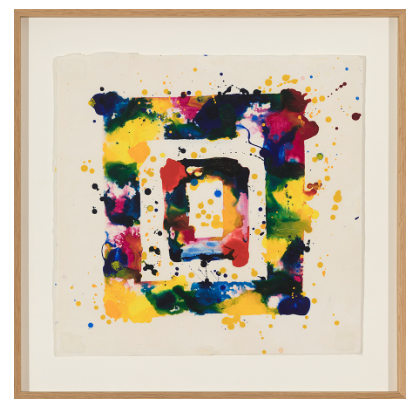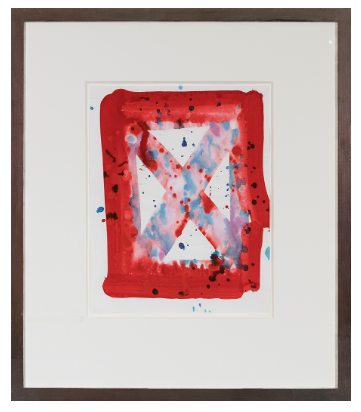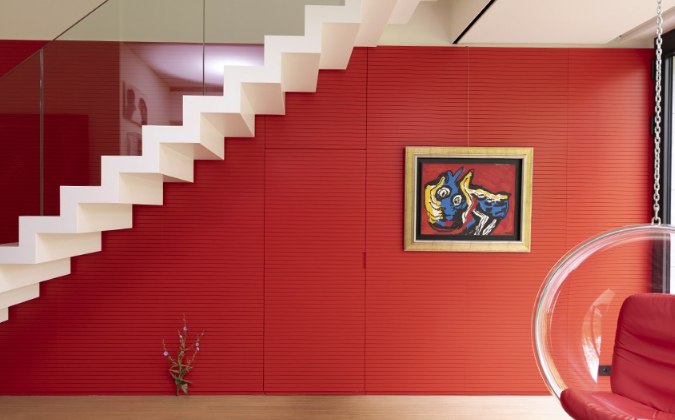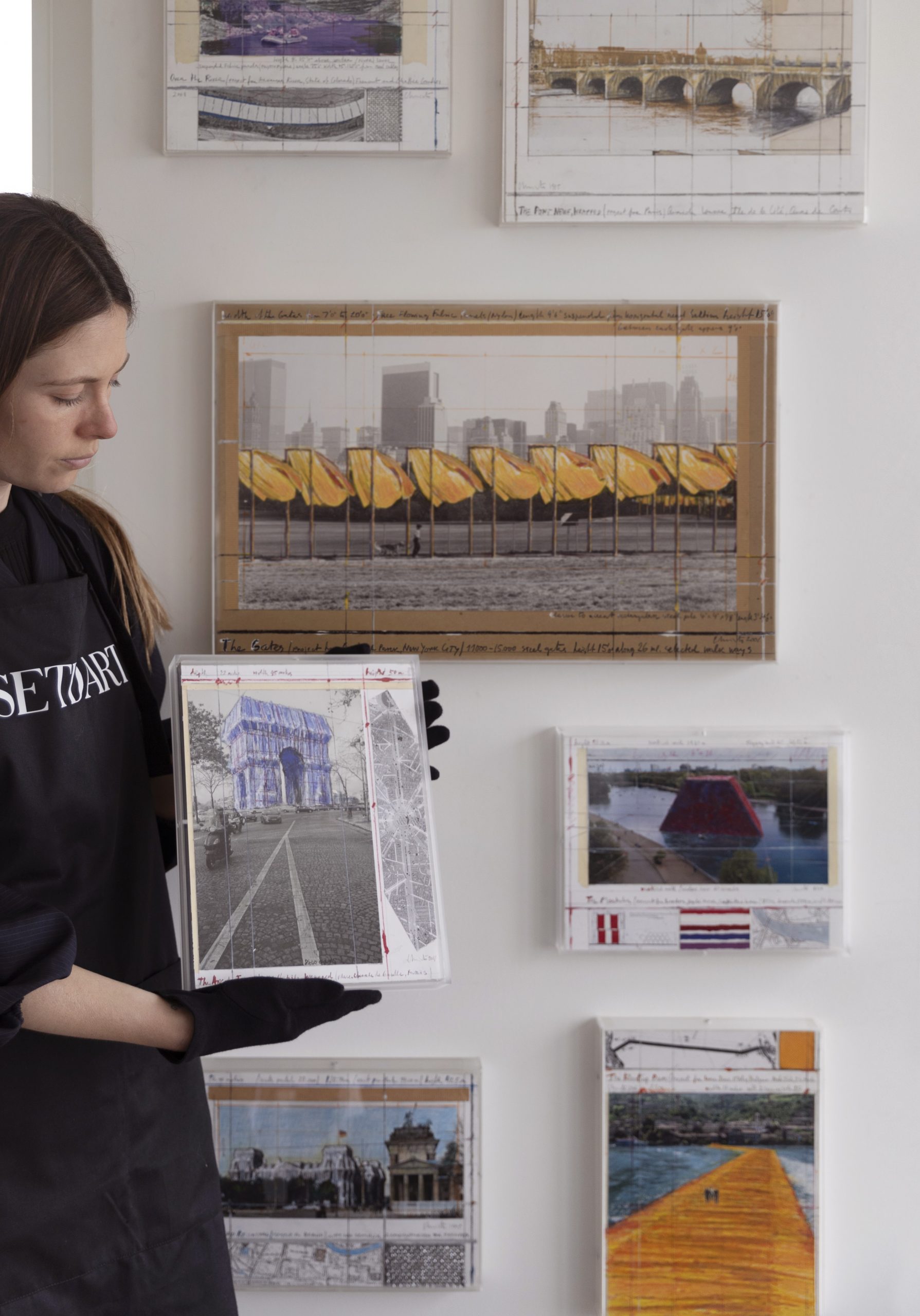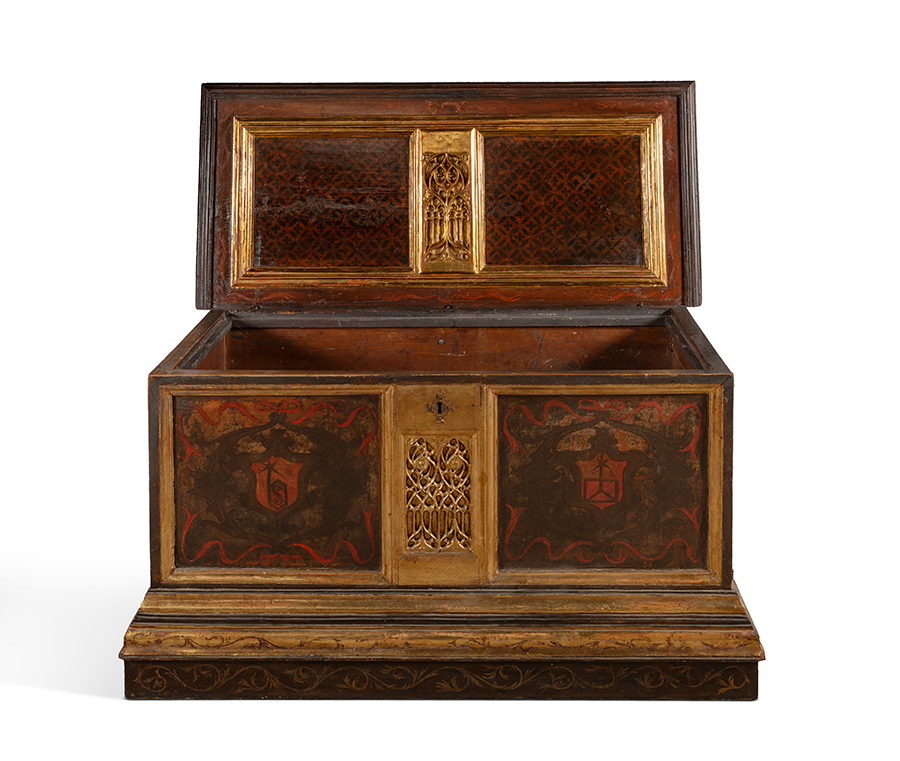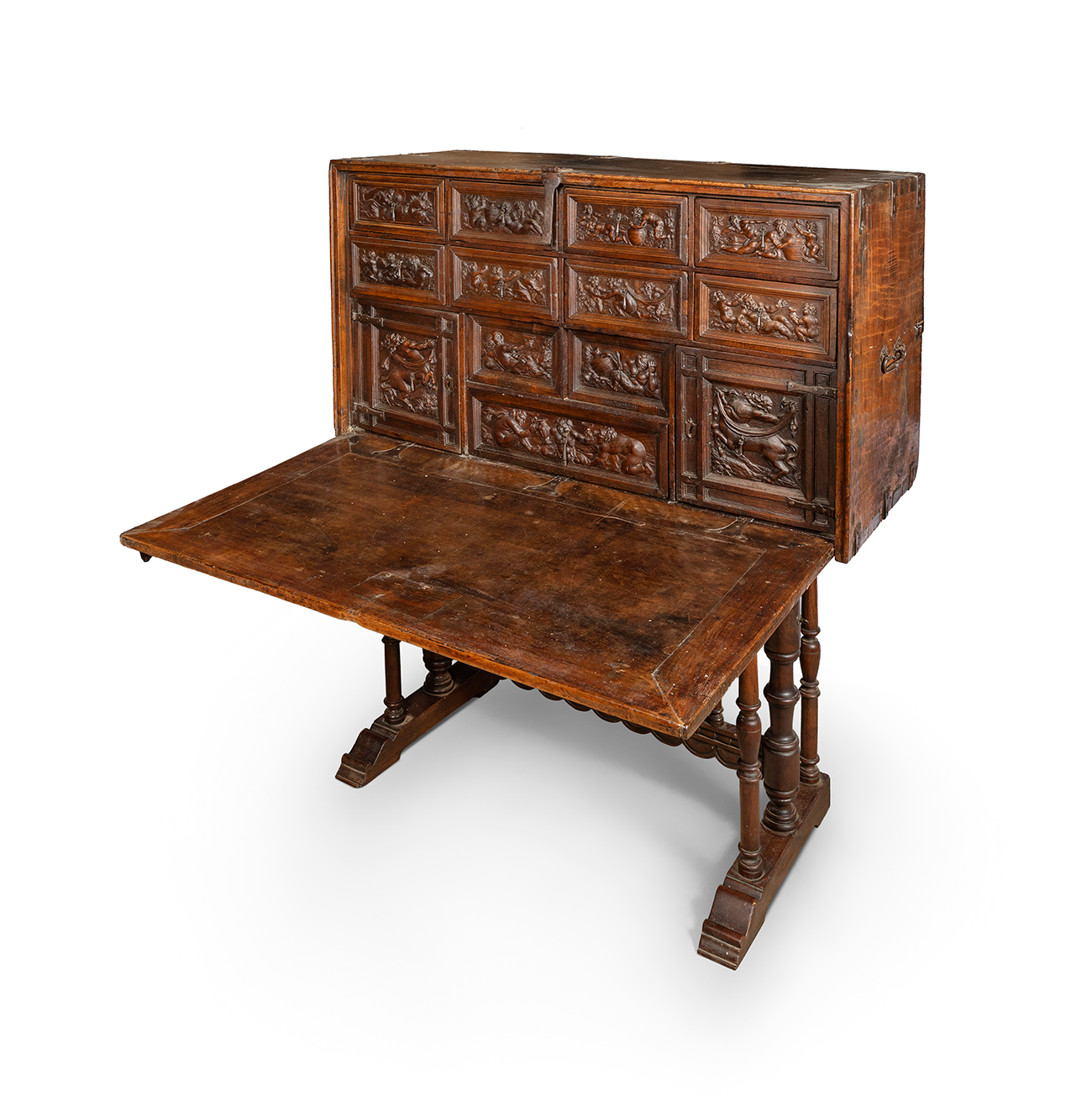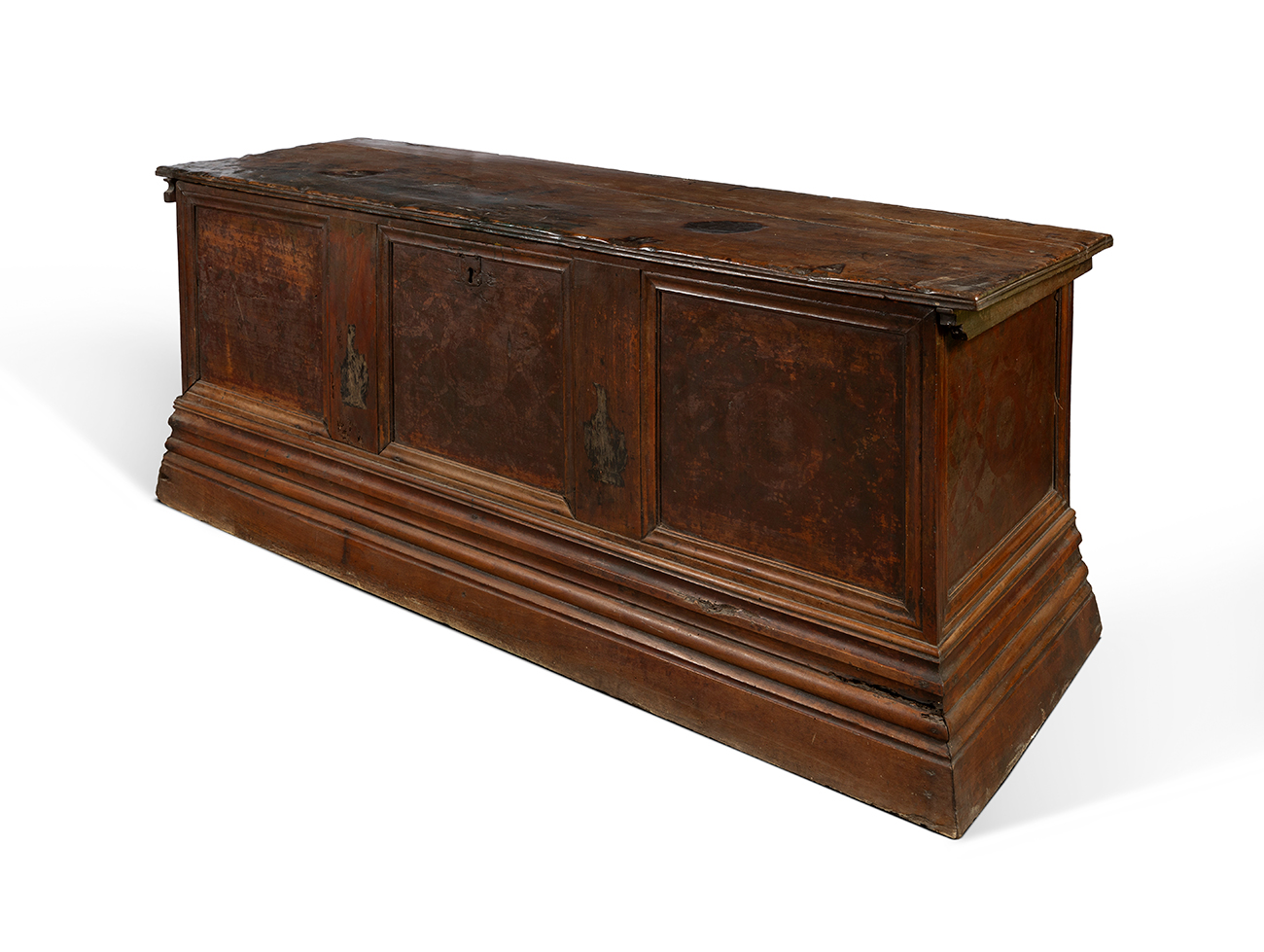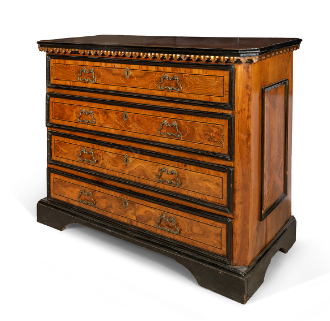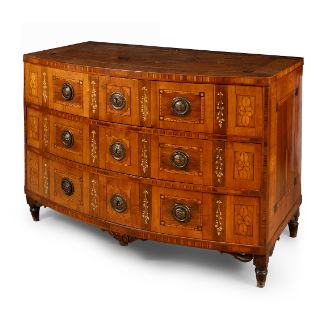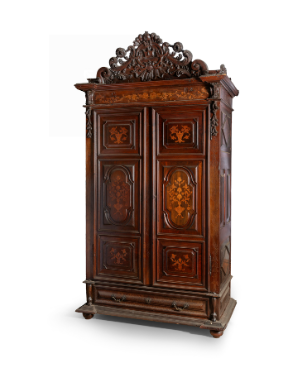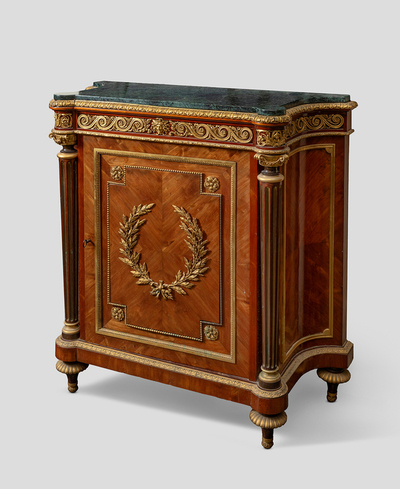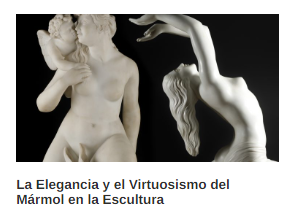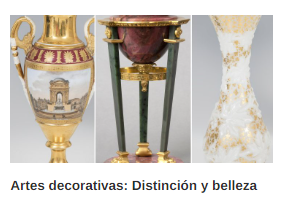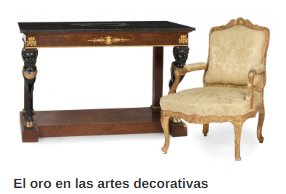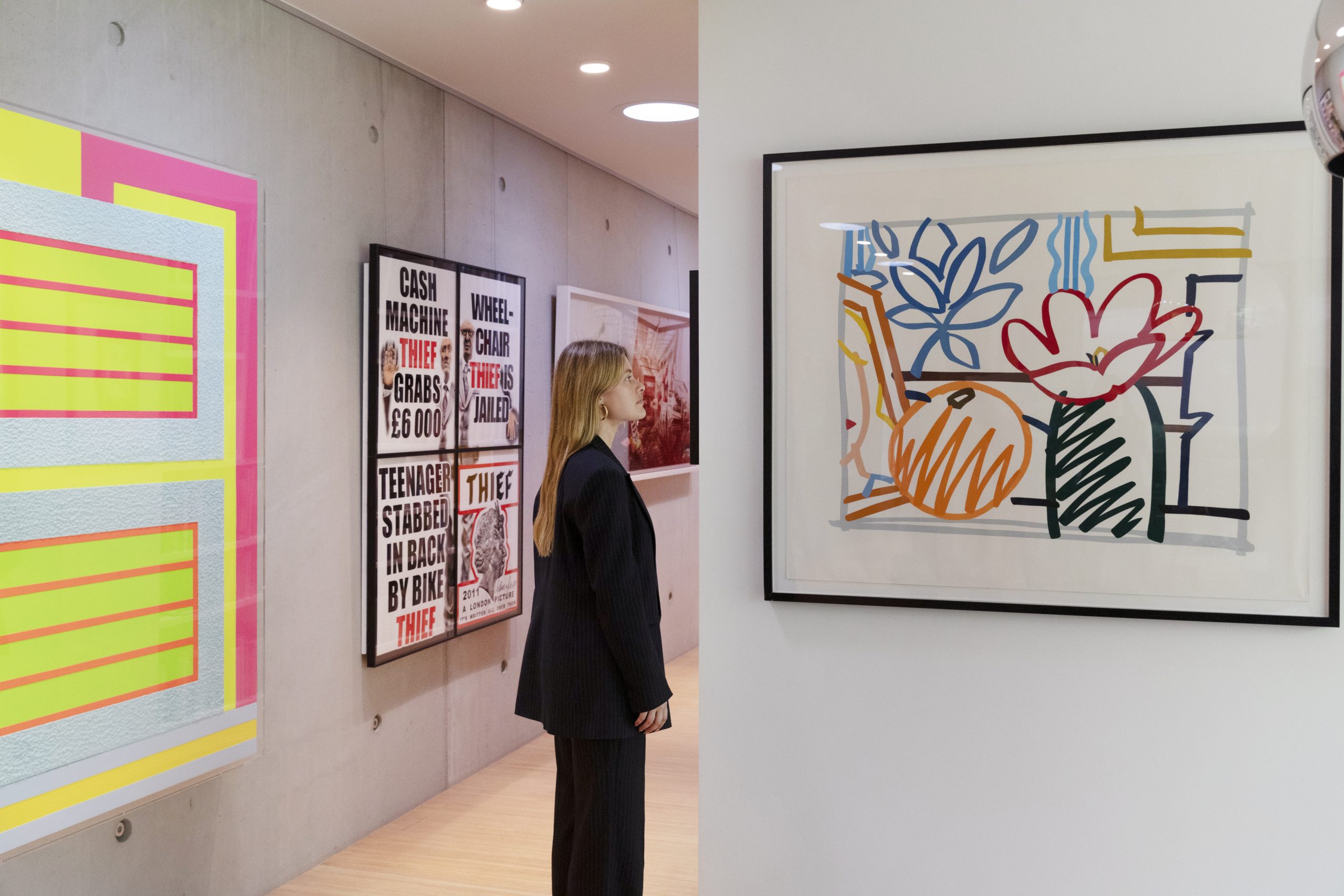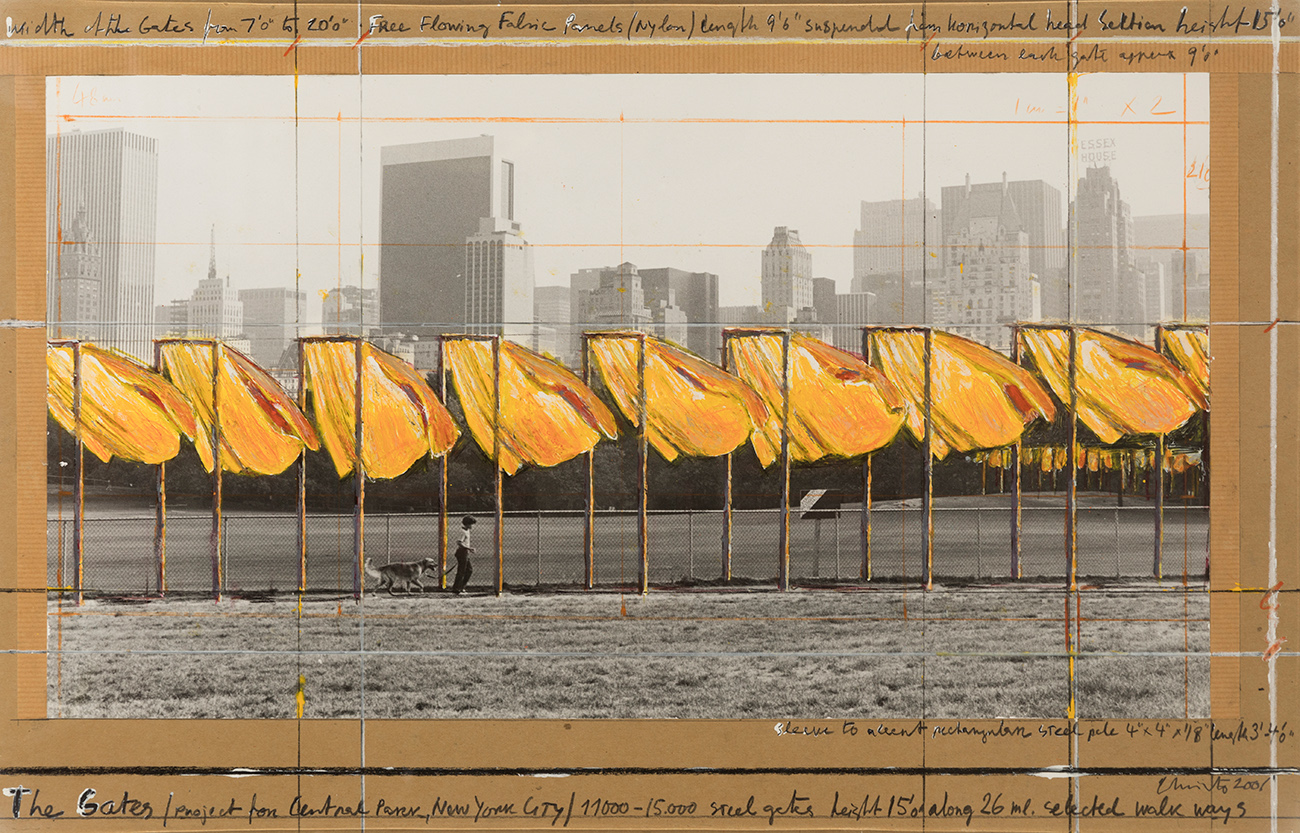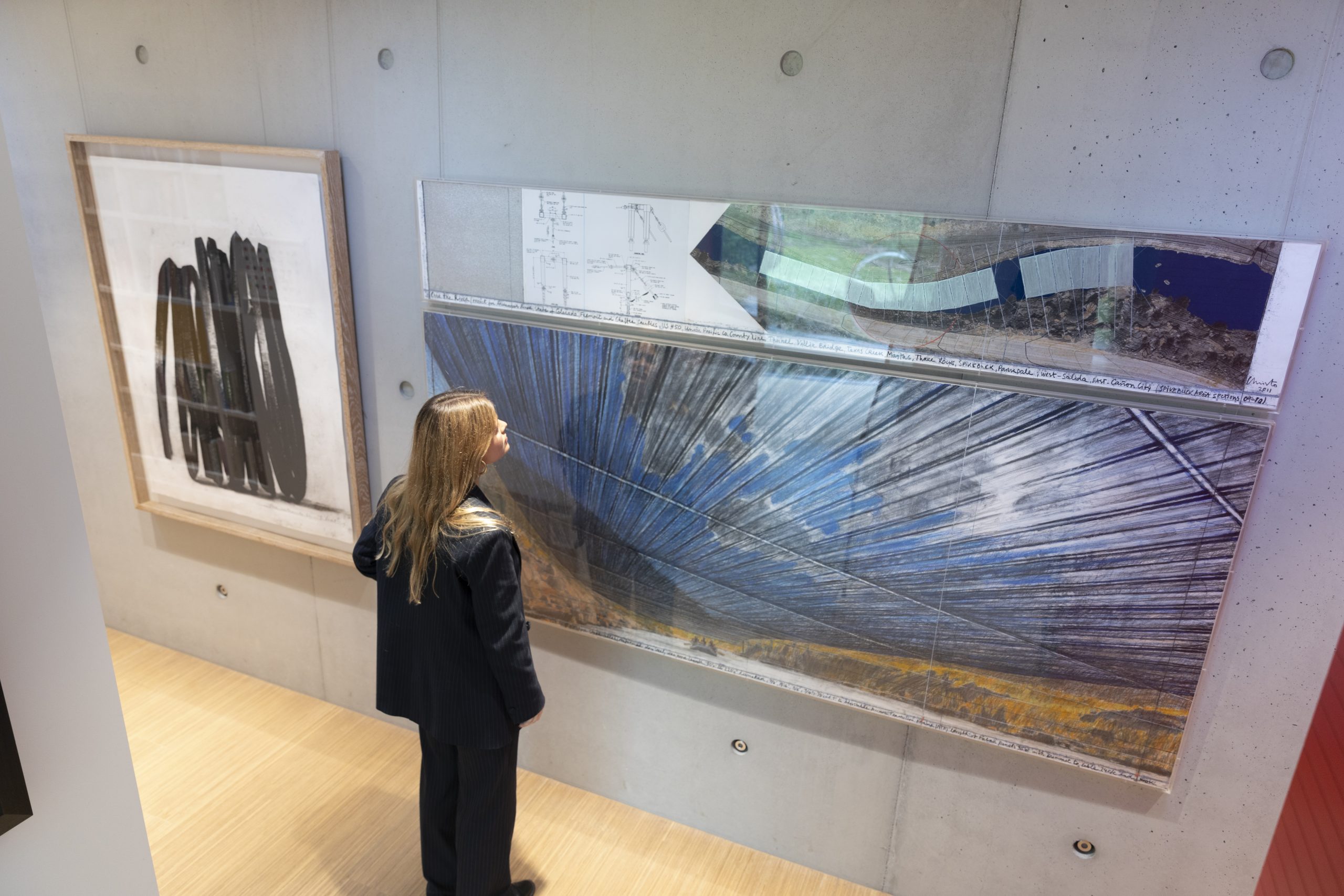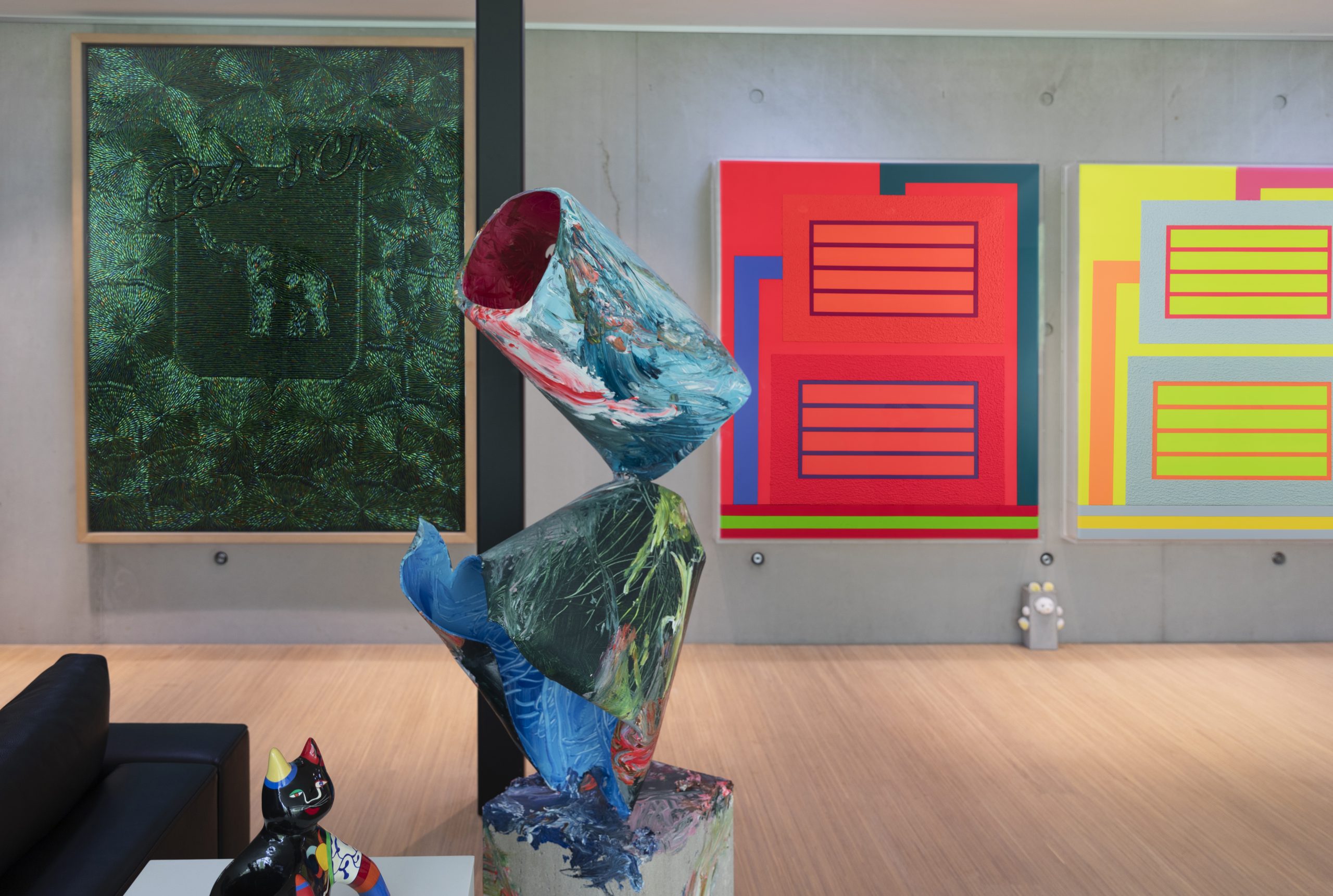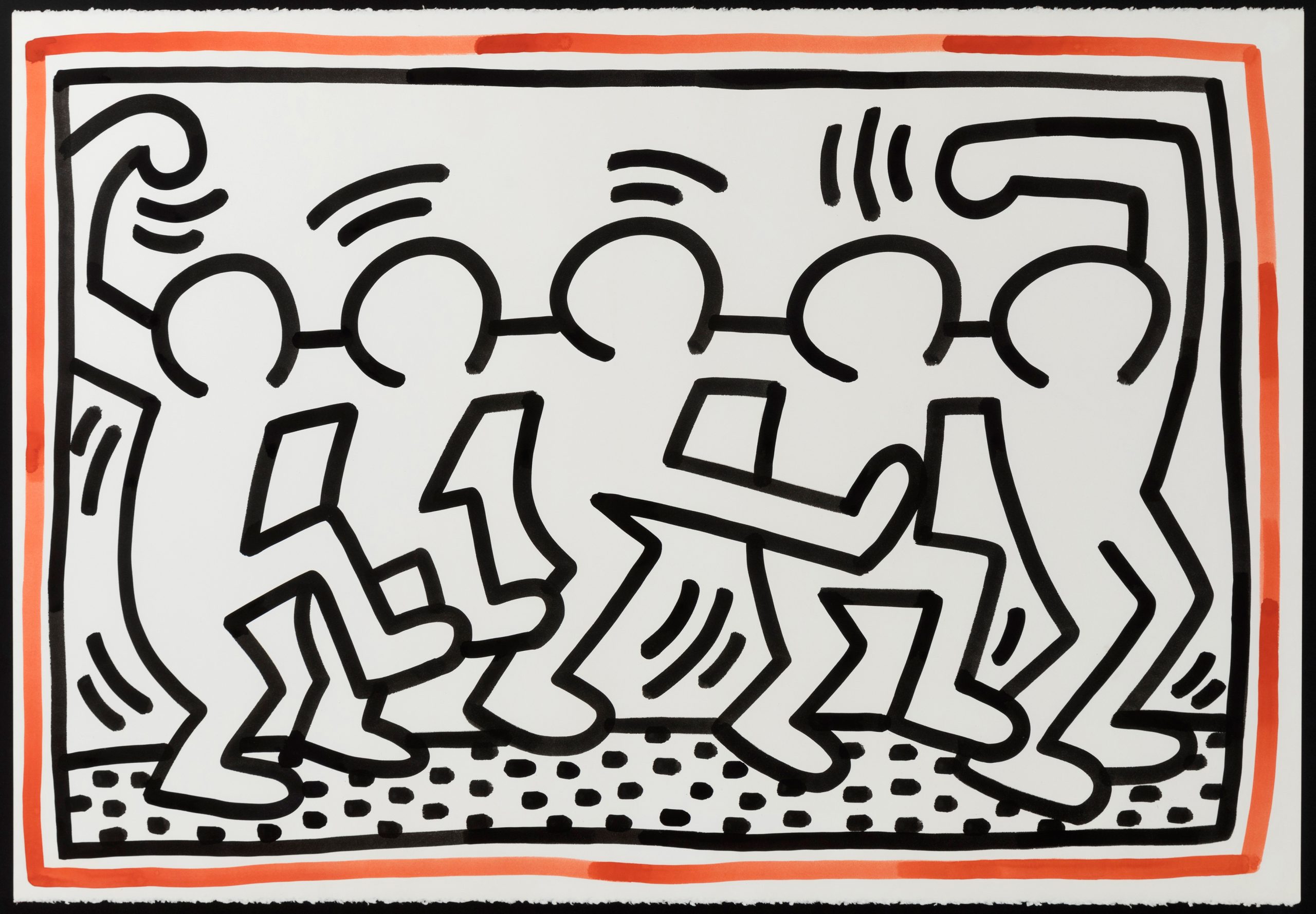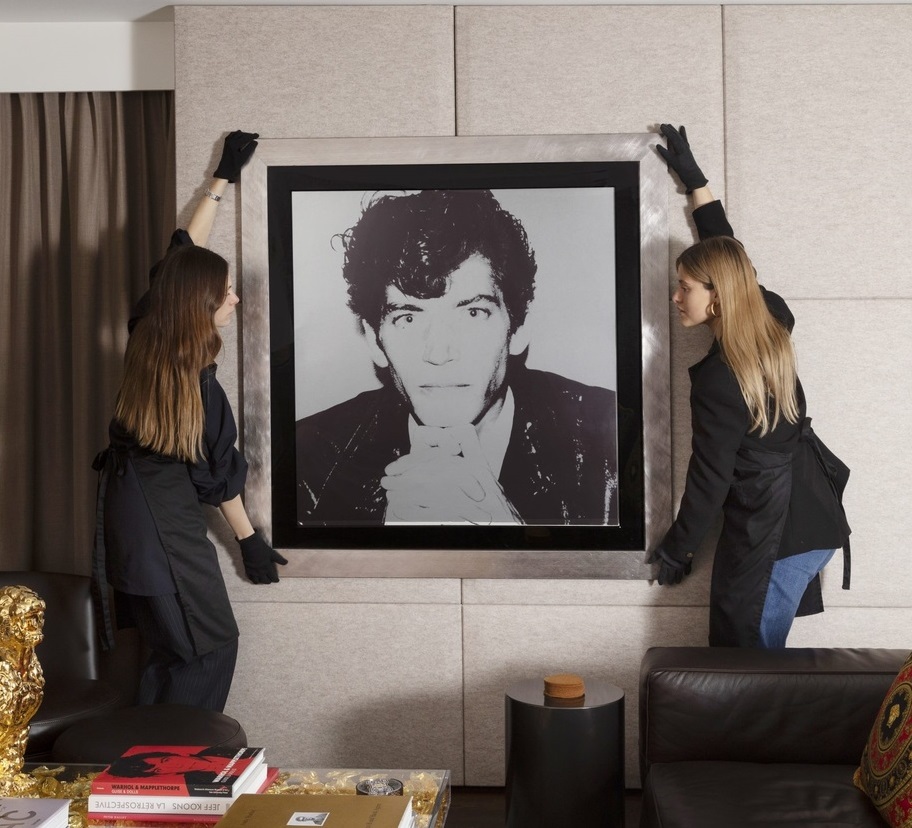Important private collection. Latest trends: new artistic paradigms
Latest trends: new artistic paradigms
Important private collection
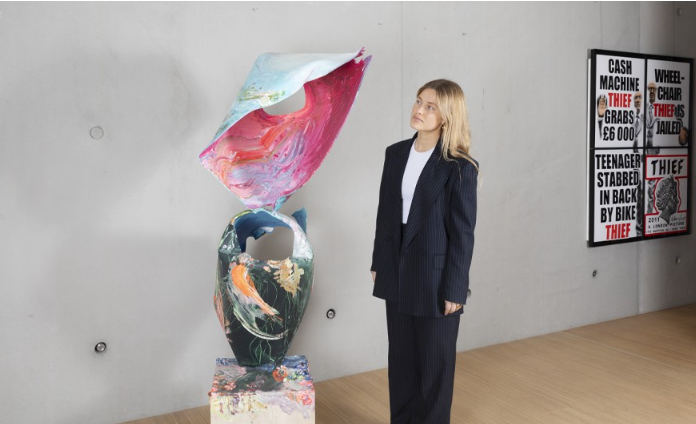
In recent decades and following the rhythm set by the avant-garde, artistic currents have emerged and fed back on each other with fascinating speed, blurring the boundaries between the various trends that have shaped the current artistic landscape. The multiplicity of perspectives, cultural influences and individual visions that make up contemporary artistic practice, translucid through the infinity of styles and techniques that, as conceptual art has already shown us, have revolutionized its own notion. Artists such as Bernar Venet, Damien Hirst, Jan Fabre, Arne Quinze, David Lachapelle, open the door to a universe as intimate as it is collective, which manages to question the viewer in as many ways as their interpretations. Far from representing conventional plastic values, art is moving through a moment of rupture towards new paradigms that expand its limits beyond its traditional boundaries.
In fact, the irruption of conceptual art gave artistic practice a freedom, unprecedented until then, diluting the distinctions between life and art and questioning where one ends and the other begins. Likewise, the boundaries between disciplines are becoming difficult to elucidate as a result of the constant search for new means of expression that fit and reflect the idiosyncrasies of our time.
In this aspect, the bidding collection clearly reflects the multidisciplinary nature of the artistic practice that has been developing in recent decades, creating a scenario that encourages dialogue and divergent thinking. Enigmatic works, committed, challenging, satirical, with philosophical and spiritual overtones… beyond the eternal debate between what is and what is not art, each one of them is intrinsically linked to issues that, like advertising, religion, science, popular culture or politics, have marked contemporary society. The wide range of media that, from painting and sculpture to installations, conceptual art and photography, find a solid and revealing representation, become not only a vivid testimony of the evolution of artistic practice, but also of our own evolution as a society.
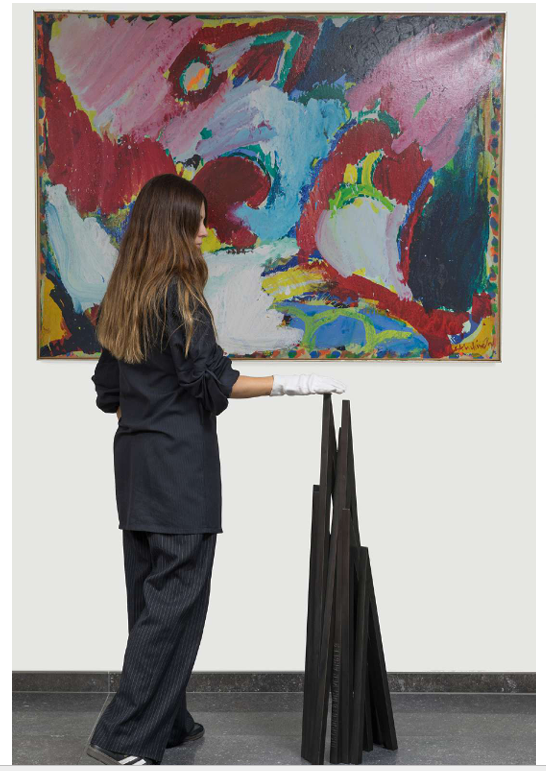
The collection and its artists
In the sculptural field, Bernar Venet’s monumental steel works, characterized by deep mathematical and scientific research, are a lucid example of the bridge that conceptual art builds to science and nature, urging viewers to reflect on the intersection between them.
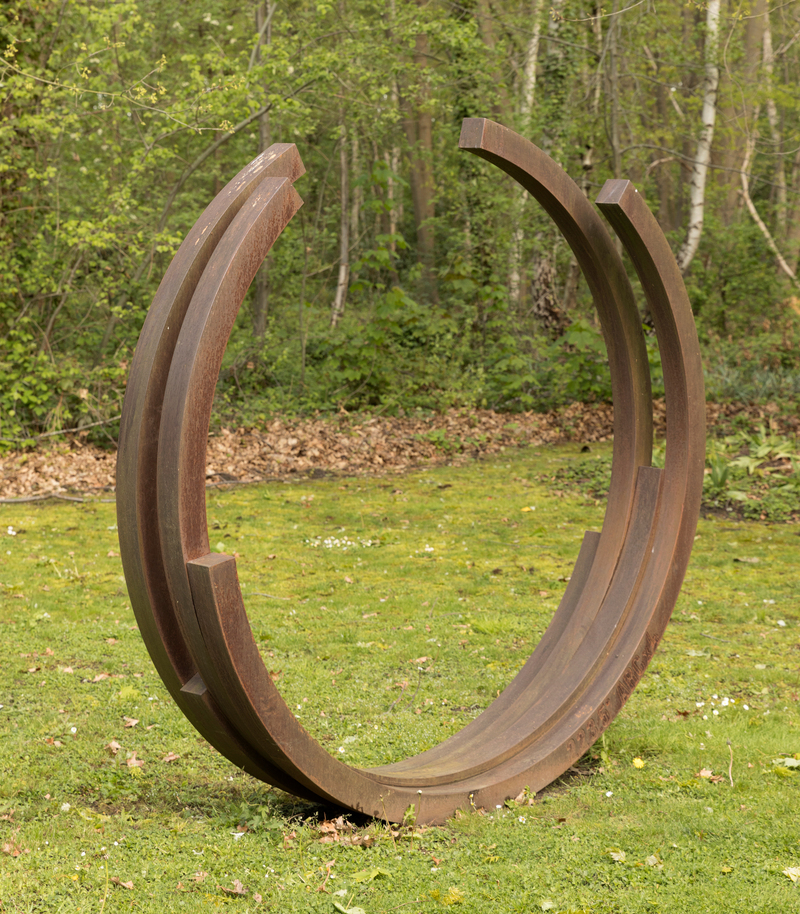
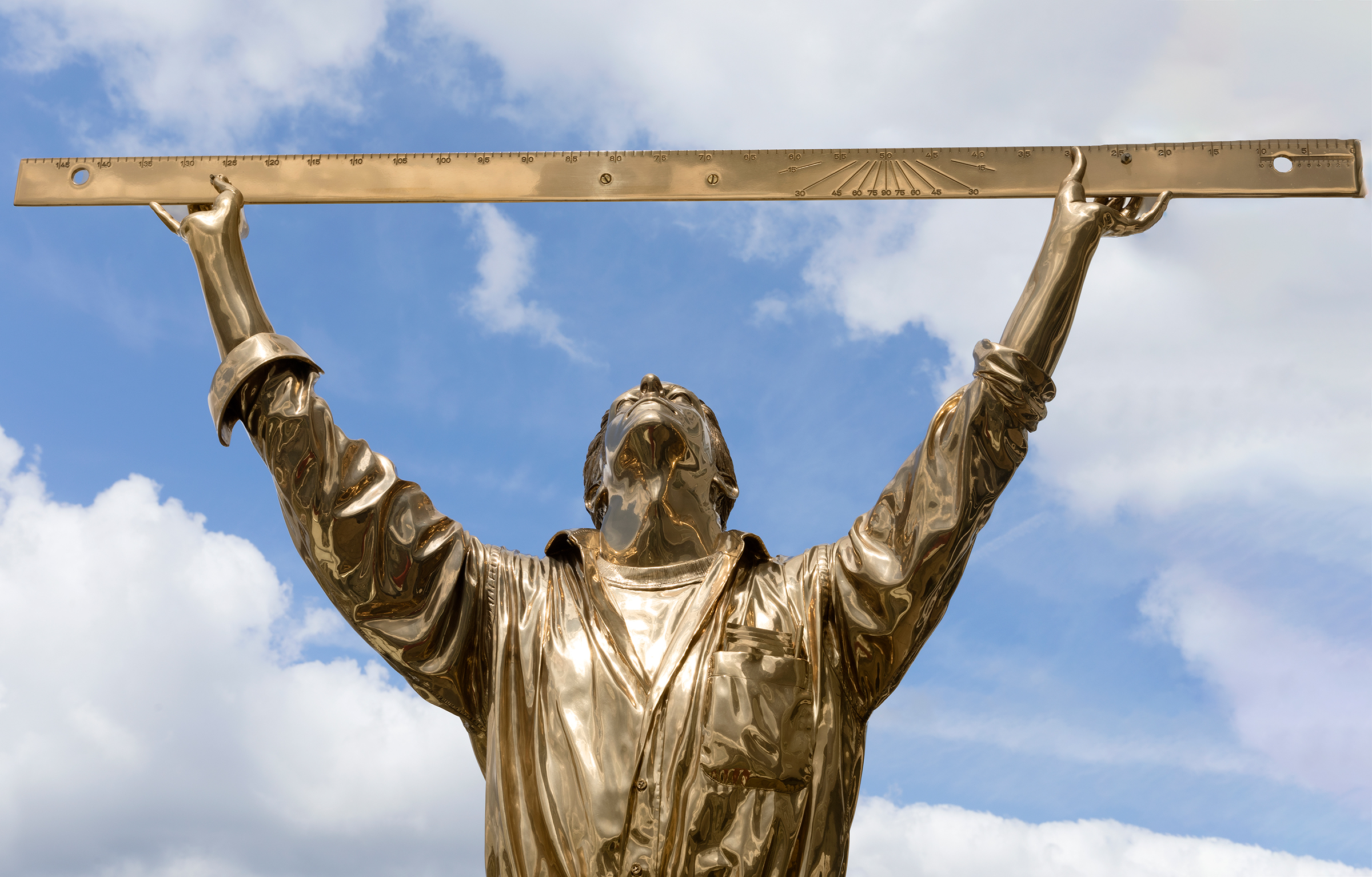
The fascinating disparity of creative proposals leads us to Jan Fabre who, as one of the most influential multidisciplinary artists of his generation, unfolds in his work a universe as disturbing as it is seductive, where insects lining objects or provocative religious allegories constantly allude both to the dimension of the subject and to ideas linked to metamorphosis, spiritual transformation and the ephemeral nature of life.
The provocation and transgression implicit in part of the current artistic production is materialized in artists such as Wim Delvoy, who has undoubtedly become one of the most controversial and admired figures of the last decades in the contemporary circuit. An example of this is the work “Birdhouse nº8”, in which there is a biting criticism of the denaturalization that man has imposed on the animal kingdom. In fact, issues related to the animal kingdom will be of interest to artists such as Koen Vanmechelen, who have focused their research on the concepts of cross-species hybridization to provoke reflection on questions related to anthropology, bioethics and the fateful temptation of human beings to play God.
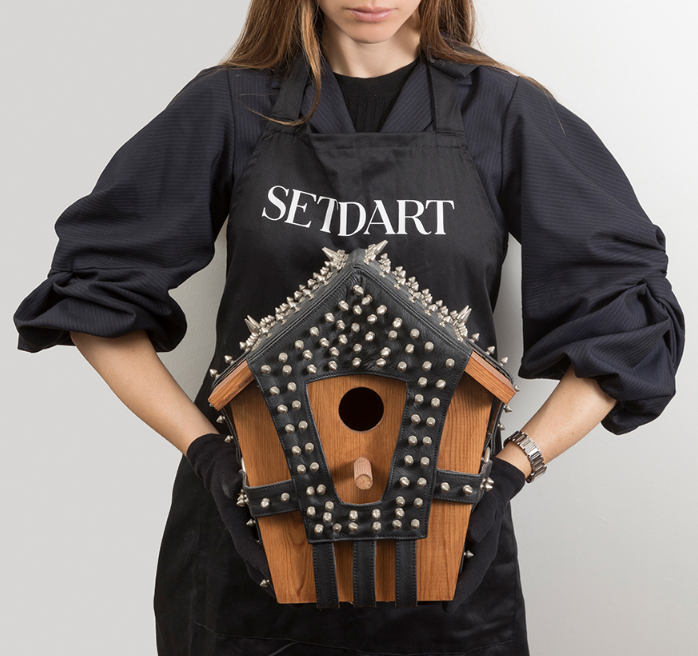
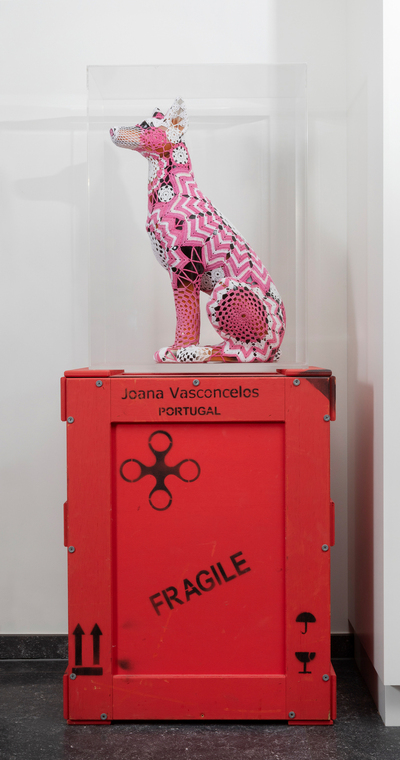
On the other hand, and in response to the industrialization and digitalization that has defined modern times, traditional textile art techniques have experienced a resurgence as a way to preserve and revitalize ancestral craft traditions. This is the case of Portuguese artist Joana Vasconcelos, whose production has been aimed at reviving craft techniques such as crochet, which are typical of her country of origin.
Alongside them, artists such as Damien Hirst, Arne Quinze, Lori Hersberger, Jean Michel Folon or Gilbert and George reflect the constant innovation and transformation that the art world has experienced in this era and the way in which it is capable of questioning society by influencing and interpreting the context in which it has developed.



